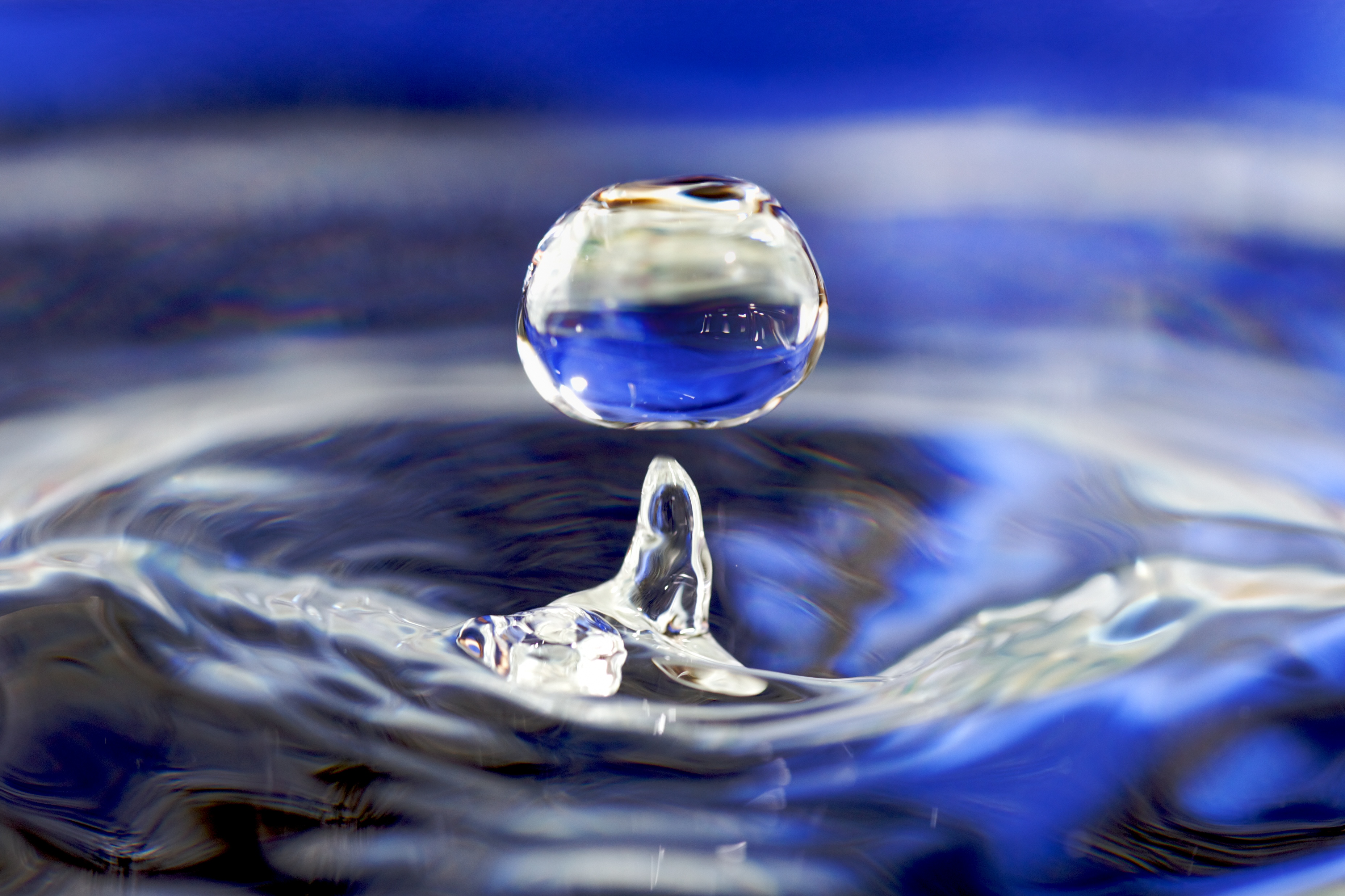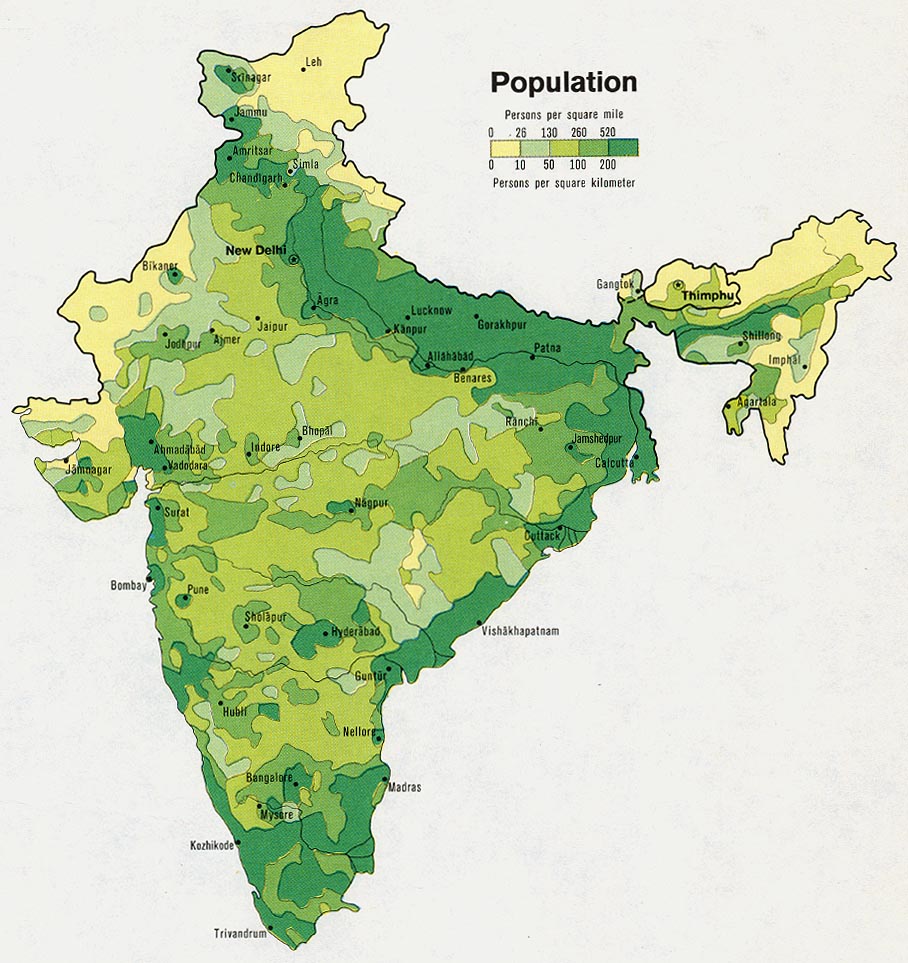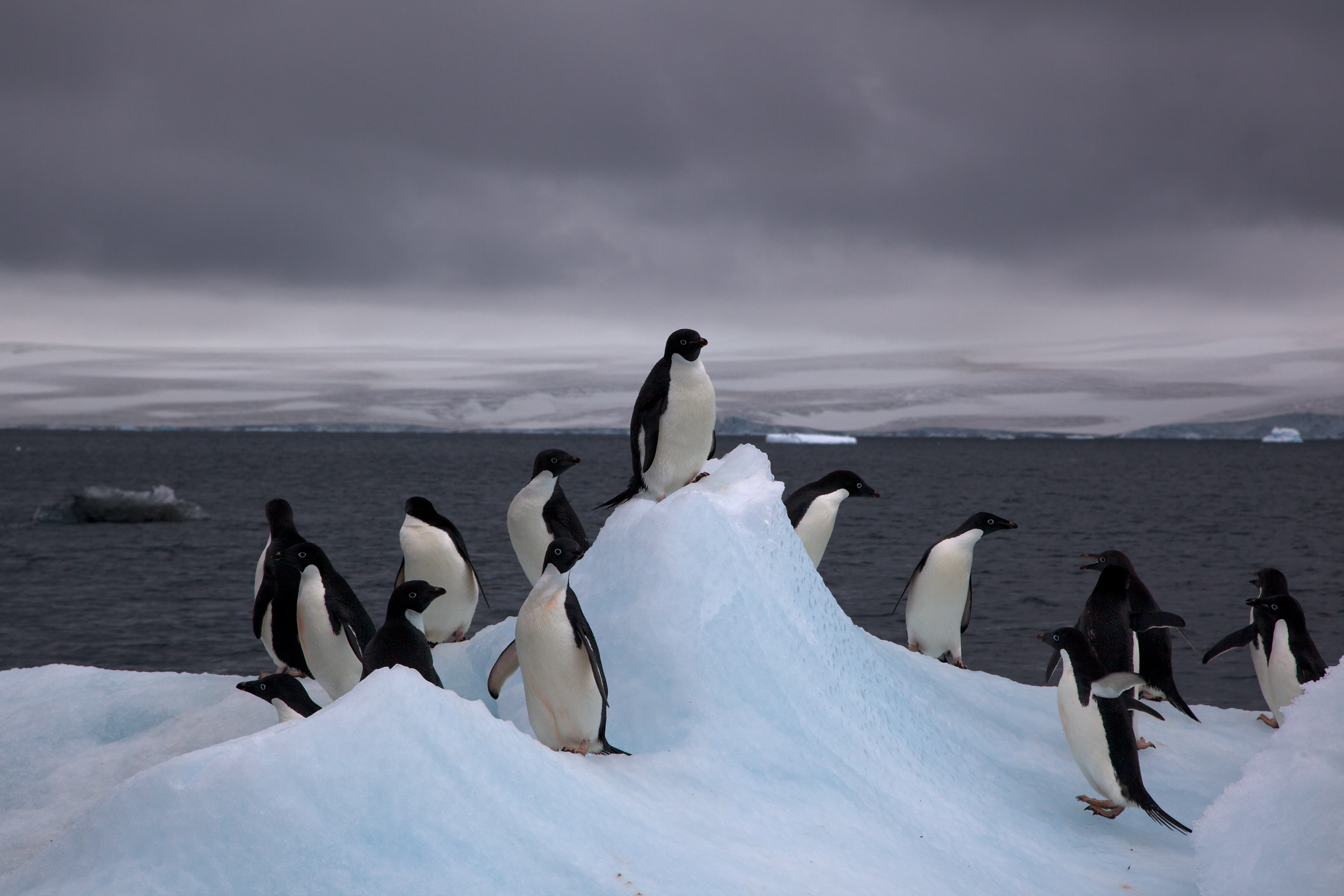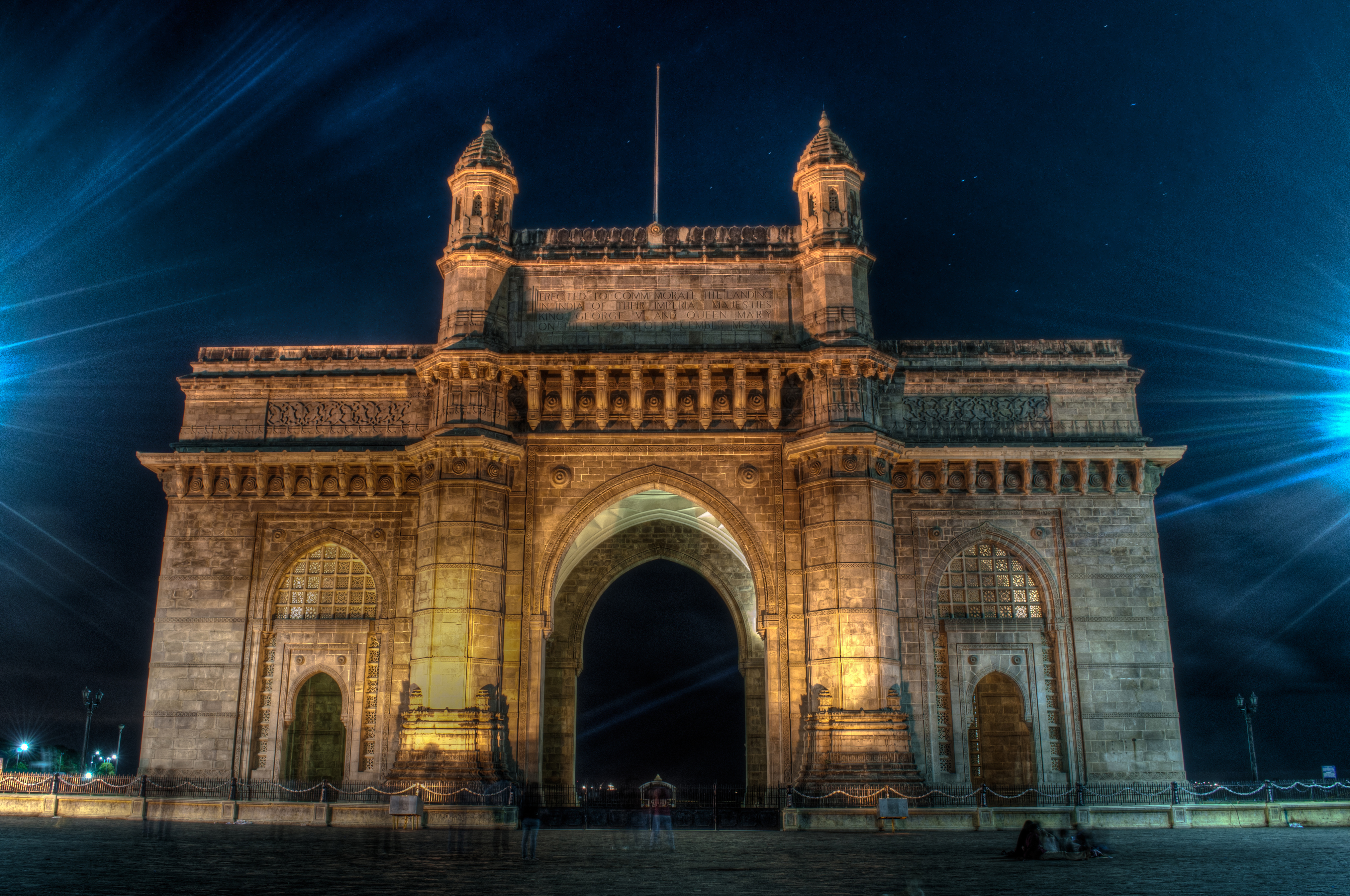
Queen of the Nile, Cleopatra might grieve over the alarming change in one of the world’s most fertile deltas. As water flows north from Ethiopia, through the Sudan and Egypt to the Mediterranean, nutrients enrich the Nile River Delta. The Aswan Low Dam (1902) and Aswan High Dam (1965), along with the newly constructed Grand Ethiopian Renaissance Dam, to be the largest hydroelectric facility in Africa, are in part responsible for changing conditions. Now, less than 10% of the Nile’s waters reunite with the sea. Land subsidence and sea level rise are also factors threatening the Nile Delta. Studies of pollen and charcoal found preserved in delta sediment date back 7,000 years, to the time of the pyramids, may reveal ancient responses to similar conditions. Will the Sphinx reveal the secret?
For more: Stanley, Jean-Danaiel and Pablo L. Clemente. “Increased Land Subsidence and Sea-level Rise are Submerging Egypt’s Nile Delta Coastal Margin.” GSA Today, 2017. DOI: 10.1130/GSATG312A.1. www.geosociety.org/gsatoday/archive/27/5/abstract/GSATG312A.1.htm.
United States Geological Survey. “Climate and drought lessons from ancient Egypt.” ScienceDaily, 16 August 2012. http://www.sciencedaily.com/releases/2012/08/120816110839.htm.
Building the World Blog by Kathleen Lusk Brooke and Zoe G Quinn is licensed under a Creative Commons Attribution-NonCommercial-NoDerivs 3.0 Unported License.






